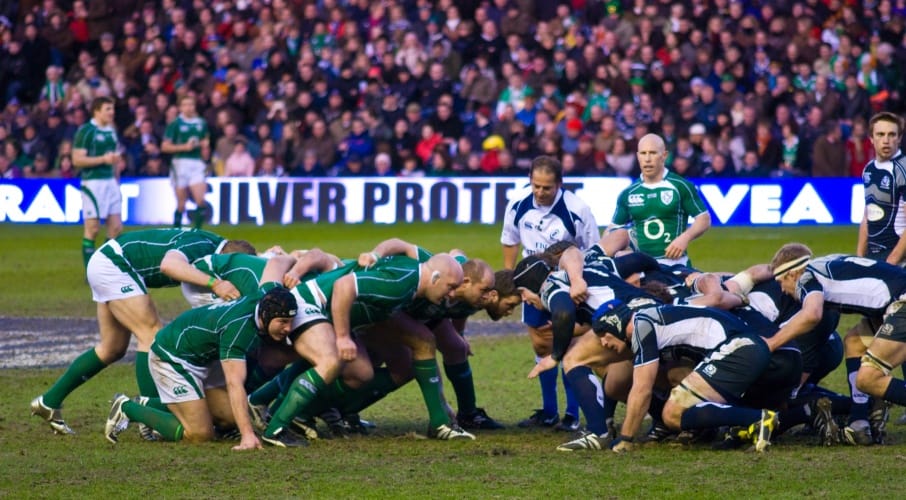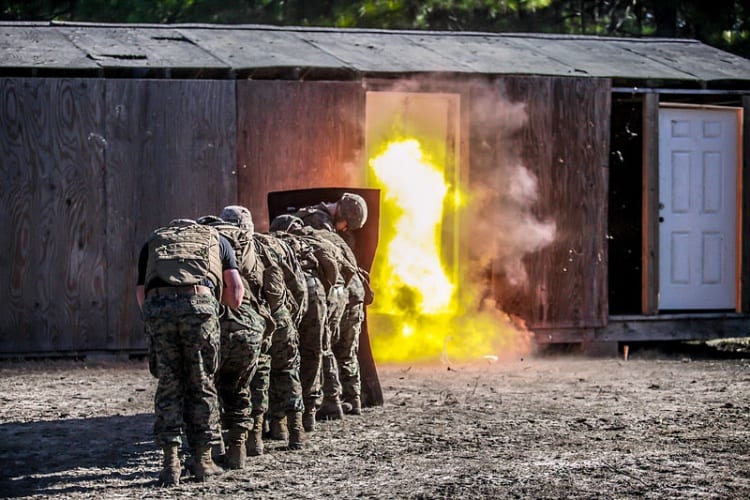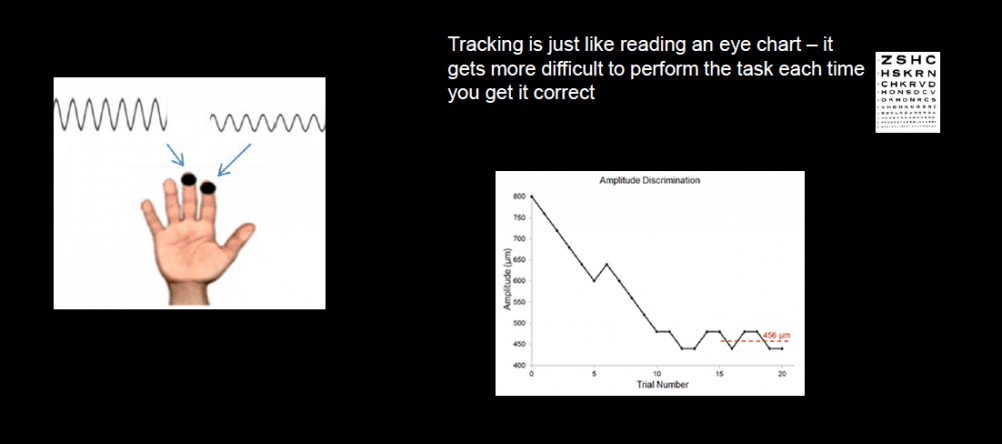 Andrew Wade, senior reporter
Andrew Wade, senior reporter
One of the things that gets me through the inherent bleakness of January each year is the promise of the Six Nations on the horizon. The first weekend of February marks the start of the annual pan-European rugby bonanza, something that has punctuated my life like clockwork each year for as long as I can remember.
 (Credit: Conor Lawless)
(Credit: Conor Lawless)But rugby these days is a very different sport from the times when I watched Ireland take regular shellackings from the schoolboy terrace at the old Lansdowne Road. Since the game went professional in 1995, players have grown progressively bigger, stronger and faster, with tackles creeping higher as rugby league’s influence on union defences has become more prominent.
The upshot of all this is a huge increase in traumatic brain injuries (TBIs, commonly referred to as concussions) sustained on the pitch. Fans of the game will be familiar with the issue, as well as the various efforts made by World Rugby – the sport’s governing body – to deal with it. But current diagnostic science behind TBIs is far from perfect, making it virtually impossible to quickly assess with accuracy when a player has been concussed.
Rugby union allows a 10-minute window where a player can be withdrawn from the pitch for a head injury assessment (HIA). However, the symptoms of concussion often take time to manifest themselves, and some players have also learned how to game the tests so that they are allowed to return to play. But a new system being developed for the US military could hold the key to diagnosing concussion almost instantly.
Designed to assess battlefield injury where soldiers experience blasts from explosions, the system consists of a small device about the size of a computer mouse. This sends vibrations to the fingertips and measures responses, using specially designed algorithms to determine whether or not a patient is concussed with 99 per cent accuracy.

“Whether or not you have TBI in humans is, right now, determined functionally,” Dr Laila Zai, one of the lead researchers on the project, explained to me. “Do you have headaches? Do you have the spins? We try to line up how much change in each of those categories lines up with the baseline shift in function.”
Zai is director of neuroscience research at Applied Research Associates, based in Denver, Colorado. She’s working with the Office of Naval Research to develop the device for the battlefield, where it will be used to assess whether or not soldiers can remain on duty. But she tells me that the system could just as easily be used for assessing TBIs in sport, and her work has previously received funding from the NFL, which has huge concussion issues of its own.
“What you would normally do with medical device development is see what’s the gold standard, and can your device fulfil what the gold standard provides,” she said. “In this case, there is no gold standard. What we call the gold standard is a neurologist assessment. They give the 21 point test, and neurologists will tell you that half the time they have to wing it, because it’s so nuanced what they’re looking for.”
According to Zai, the science behind the new tool is well established. Essentially, it tests whether you can determine the variation between what two fingers feel, assessing a patient’s parallel processing and lateral inhibition. The vibrations can vary in numerous ways, such as duration, frequency and start time. At the outset there is an easily discernible difference, but the vibrations converge as the test progresses, making it harder to distinguish between the sensations sent to each finger.

“What the device that we’re working on does is detect changes from baseline. Baseline tends to be very consistent among individuals. People tend to be within 20 per cent of each other on these functional tests. The reason it’s functional is because it’s underlying cellular physiology. A fundamental principle of neuroscience is how cells in the cortex are structured to communicate with each other and process information. And we use the somatic sensory system because, unlike visual or auditory, it’s not going to be affected by fragments or noise from a blast.”
The result is a device that’s capable of assessing suspected concussions with a simple test that is objective, reliable, quantitative, and difficult to game. While the test for military personnel requires different components to detect factors such as fatigue, stress and PTSD, a simplified test for use in sport could focus exclusively on concussion, and be performed within 5-10 minutes. What’s more, they system can also be used to track neurological markers during recovery, potentially improving World Rugby’s Return to Play protocols that are currently in place.
“It’s very sensitive,” Zai told me. “Not only is it sensitive to picking up the acute concussion, but it’s also a really strong tracking tool for the recovery of the patient. Because it has these six different modules in the test, it can tell you which part of the person’s recovery are going well versus those that aren’t.”
The prototype in the pipeline for the US Department of Defence needs to be ruggedized and miniaturised for warzones, but less advanced prototypes are ready now. Dr Zai is actually looking for partners to test the technology, so the data can be shared and the research can be advanced.
“We already have prototypes that we’re happy to share with any researchers that want to use them to get data on them…I provide free prototypes to anyone that’s willing to give us data. If there’s a hockey coach, a football coach, anyone that wants to test his guys or girls and send me data can get a free prototype. Part of our contract with the military is that we test this on human beings.”
Concussion is almost guaranteed to be a major talking point at some point during this year’s Six Nations. The system in place for dealing with it is fundamentally flawed and puts huge pressure on players, coaches and medical staff, with mistakes too often being made. Although this year’s tournament will come too soon for the introduction of Dr Zai's technology, let’s hope the conversation has moved on in 12 month’s time. And Ireland are defending the title.





Nanogenerator consumes CO2 to generate electricity
Whoopee, they've solved how to keep a light on but not a lot else.